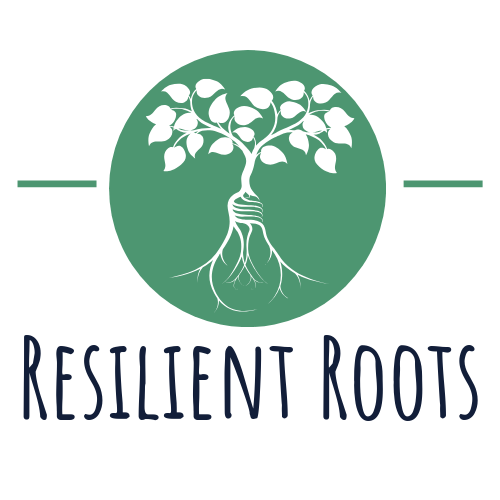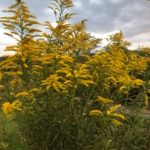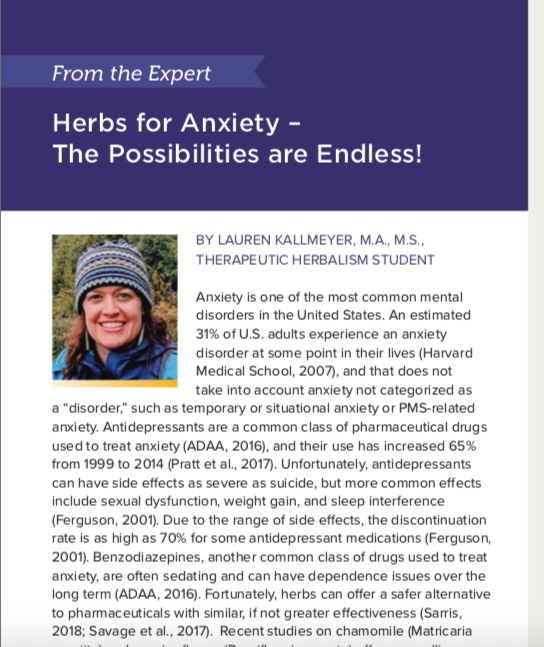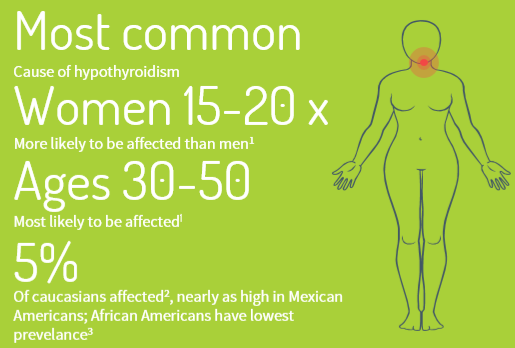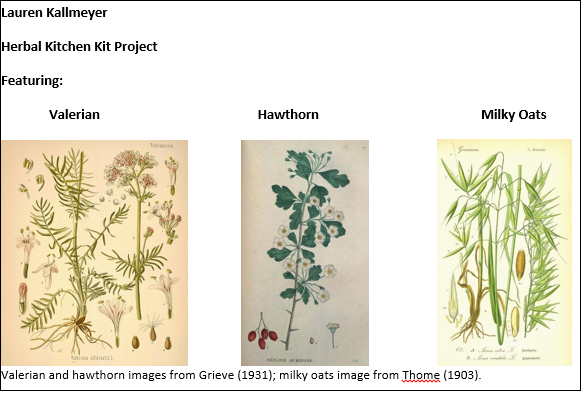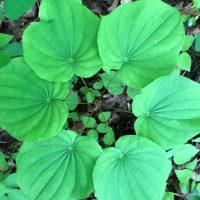
Wild yam – Dioscorea villosa
Family: Dioscoreaceae
Growth form and description: Non-woody perennial vine with heart shaped leaves. Young plant is upright with leaves in whorls of 4-8, vine grows from center of each whorl and leaves become alternate as plant matures, reaching as much as 15 feet (Howell, 2006).
- Stem: smooth and twisting
- Leaves: whorled when young, alternate as plant matures, heart shaped, visible veins, varied in color from light to dark green and varied in size with smaller leaf size on newer growth
- Flowers: nondescript, green
- Fruit/seeds: prominent three-winged seed pod is green in summer and becomes brown in autumn (Foster & Duke, 2014).
- Root: “Crooked, branched, somewhat flattened with few rootlets; very hard and tough, but breaks with an abrupt, somewhat fibrous fracture; pale-brown externally and white within, with yellowish wood-bundles; odorless and taste insipidly mucilaginous but developing a slight acridity after chewing for a little while” (Wall, 1917, p. 221).
Key identification features: vining, heart shaped leaves with triangular, 3-winged seed pods
Part used medicinally: dried root
Herbal actions: anti-inflammatory, anti-spasmodic, anti-rheumatic, hepatic, mild diaphoretic, and cholagogue (Hoffman, 2003; Howell, 2006).
Traditional uses and actions: It was used by indigenous people to relieve many types of pain and cramping as well as morning sickness (Howell, 2006).
Modern use: Wild Yam has chemical components called diosgenin, which are steroid precursors that were extracted by pharmaceutical companies as the basis for many types of synthetic hormone medications. This use led to its popularization as a replacement for women’s reproductive hormones and the misconception that herbal preparations of the plant could be used as a hormone replacement. However, the plant does not contain estrogen or progesterone. Commonly used by herbalists today in a similar manner as traditional use, it is specifically indicated for acute flares of rheumatoid arthritis and blocked bile flow (British Herbal Medicine Association, 1989). Additionally, its anti-spasmodic and anti-inflammatory properties may be helpful during digestive inflammation and pain, ovarian and uterine cramping and pain, and similar types of issues.
Suggested use: 2-4 ml 3x/day of tincture or 1-2 tsp dried root decocted for 10-15 mins (Hoffman, 2003). Note- the British Herbal Pharmacopeia recommends a tincture dose of 2-10 ml 3x/day.
Sustainability: This plant is on United Plant Savers’ “Species at Risk” list. As a popular medicinal from the forests of the Eastern U.S., it is at risk from over harvesting and habitat loss, and almost all of the herb used in commerce is wild harvested. The good news is that the plant is easy to grow and can be sustainably harvested.
Sustainable harvesting methods: The root is dug in the fall. Dig root gently as if to transplant it. Cut off 2/3 to 1/2 of the root (leave at least 1 inch remaining) and replant the remaining part of the root that is attached to the stem. You should have no problem with this plant regrowing!
References:
British Herbal Medicine Association. (1989). British Herbal Pharmacopoeia. (1983 ed.). U.K.: British Herbal Medicine Association.
Hoffman, D. (2003). Medical Herbalism. Rochester, VT: Healing Arts Press.
Howell, P.K. (2006). Medicinal Plants of the Southern Appalachians. Mountain City, GA: BotanoLogos Books.
Foster, S. & Duke, J. (2014). Peterson Field Guide to Medicinal Plants and Herbs. New York, NY: Houghton Mifflin.
Wall, O.A. (1917). Handbook of pharmacognosy. Lane Medical Library. Digitized by Google; retrieved from: http://books.google.com/books?id=oEGpexesWYQC&printsec=frontcover&source=gbs_ge_summary_r&cad=0#v=onepage&q&f=false
